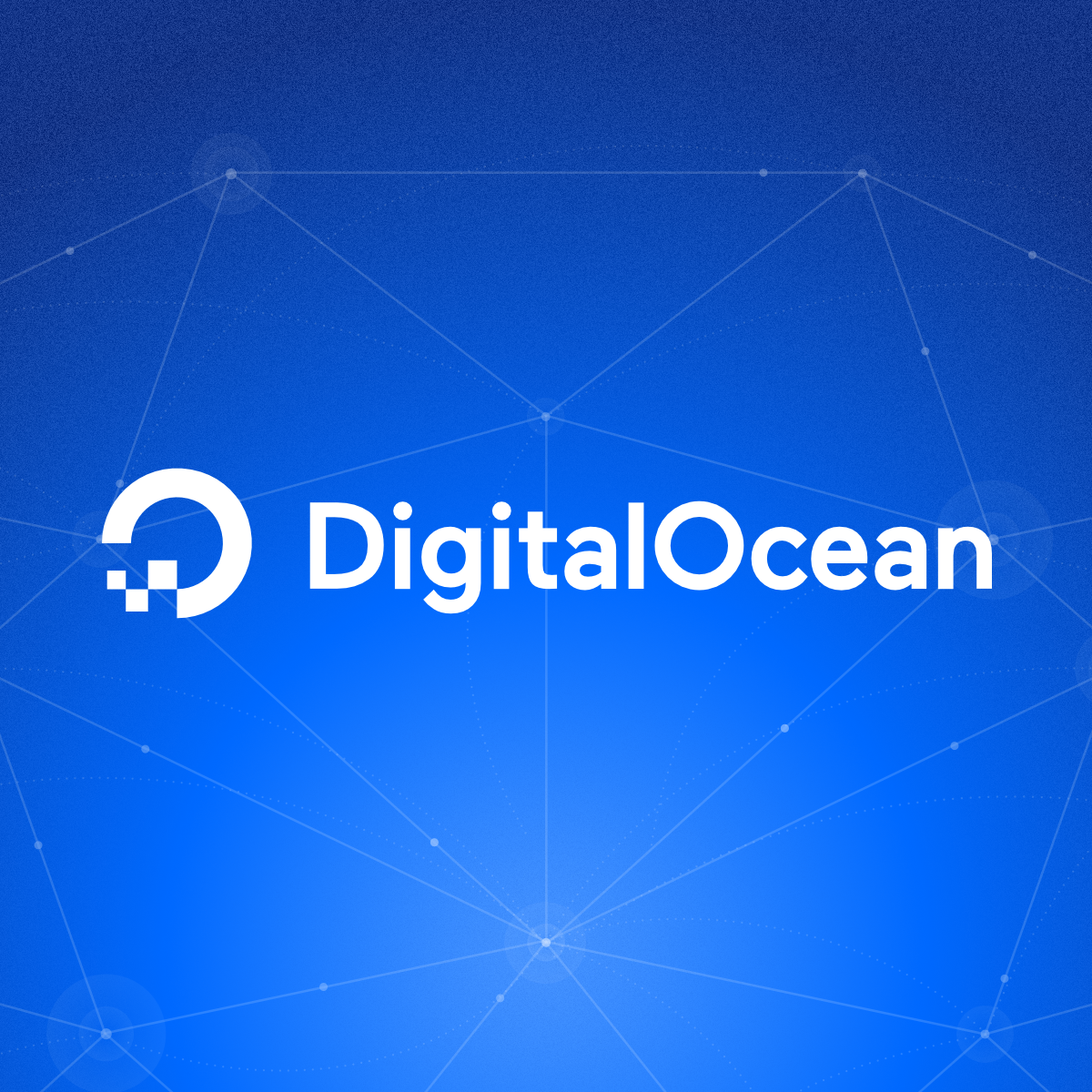I moved all my personal websites over to DigitalOcean, and it feels good! If time had allowed, I would have done it sooner. But then again, companies like DigitalOcean did not exist until recently.
So what is DigitalOcean? DigitalOcean is a cloud hosting provider built on simplicity and community (similar to AWS, Azure, and GCP). Both of which, are the reasons I decided to go with them as opposed to the bigger players. I have changed hosting providers several times over the years, mostly due to extremely poor customer service and unreliable servers/support teams.
The most recent was GoDaddy.com. Yes, they have 24/7 customer service, but there is no way to email them (phone support only). Also, the support staff were not very helpful when it came to troubleshooting or supporting anything other than simple requests (e.g. password resets and FTP/DNS support).
My sites on GoDaddy started to suffer from performance issues around 6 months after moving my websites. I’m assuming it was just due to overloading the shared servers I was on with other users, but my sites all starting to take 5-10 seconds to load compared to 1-2 seconds, when I first moved to them. Perhaps I was placed on a brand new server at the time of my move. Then my sites started taking longer to load and would occasionally go offline due to the load on the server and the restrictions on resources. I initially started looking at using Amazon Cloud Service (AWS).
AWS was great, they offer the first year free, which is why I tried them out. I found it surprisingly easy to get things set up with a LAMP stack and turn everything up. I did find AWS a bit cluttered with so many features, and overly complicated, where it did not need to be. However, this was mostly due to having so many features available to use. I just didn’t need them for my purposes.
And while I was setting up a few things and searching for some advice/information, I came across several DigitalOcean tutorials. Which were incredibly well written and super helpful. I soon learned about this DigitalOcean company and was like “what the heck, let’s give these guys a try”. I mean, they have a 1GB, 1CPU, 30GB SSD and 2TB bandwidth plan for 10$ a month…that’s less than what I was paying for shared hosting on GoDaddy. You heard that right! The odds are, if you are paying for a business-grade shared hosting plan, you are probably paying around $10-20 a month. That’s $10-20 for a shared hosting account with restricted resources on all services. You can get a dedicated VPS server for the same price or less with 100% control over everything on the server.
Now, I get it, not everyone is a server admin, and we all like our Cpanel, etc. But during this journey, I came across a free opensource web control panel (actually I came across quite a few). I tested out 3-4 of these free open source control panels, with the top choices being Sentora, Vesta, Zpanel, and ISPConfig. My favorite ended by being Sentora and Vesta. Vesta was great and very simple, but I decided to go with Sentora. You can fire up a Linux server on DigitalOcean, run 2-3 commands and Sentora will install itself and the LAMP stack and you have yourself a fully functioning web server with a control panel system like Cpanel. All in 10 minutes!
That’s what I really loved about DigitalOcean. You can get a server up and running in a few clicks and under a minute. Amazing! Literally signed up for the first time, registered my credit card and within two minutes I had a Droplet (their version of a virtual instance) up and running with Ubuntu 14.04. 10 minutes later I had a LAMP stack with an easy to use GUI control panel system.
So why did I go with DigitalOcean after I already had my sites up and running on AWS. Well, the answer is easy, their competitive pricing, their ease of use and setup, their free DNS service, and THEIR TUTORIALS / USER COMMUNITY!
During my time setting up my AWS server, I kept finding myself on these DigitalOcean tutorial guides pages. They were so spot on, in regards to giving me the solution I was looking for, and extremely well written with examples and every follow-up question you could think of. I thought, if this company cares this much to produce these amazing guides to help its users set up their servers and administer them, I want to give them my money. And with their administration of the site so easy to navigate and use, I just couldn’t resist.
So after several weekends of playing around with my new DigitalOcean server, I am happy to say that I have moved all my websites to this new service and I have closed down my GoDaddy and AWS accounts.
So if you are tired of shared hosting, give DigitalOcean a try. You pay per minute for the service, so 1GB 1CPU plan which is 10$ for the month, that’s based on you using ~350 hours of server time. So you can easily sign up for an account and play around with a droplet for a day or two and it will only cost you less than the price of a cup of coffee. Give it a try, it beats shared hosting for sure! Be sure to check out the Sentora control panel as well…they have an easy to follow install procedure to get you up and running.
If you liked this post and are thinking to give DigitalOcean a try, please use this link when you sign up. https://www.digitalocean.com/?refcode=984ec27d1f21. You will get a credit of 10$ (that’s a month of free service).


